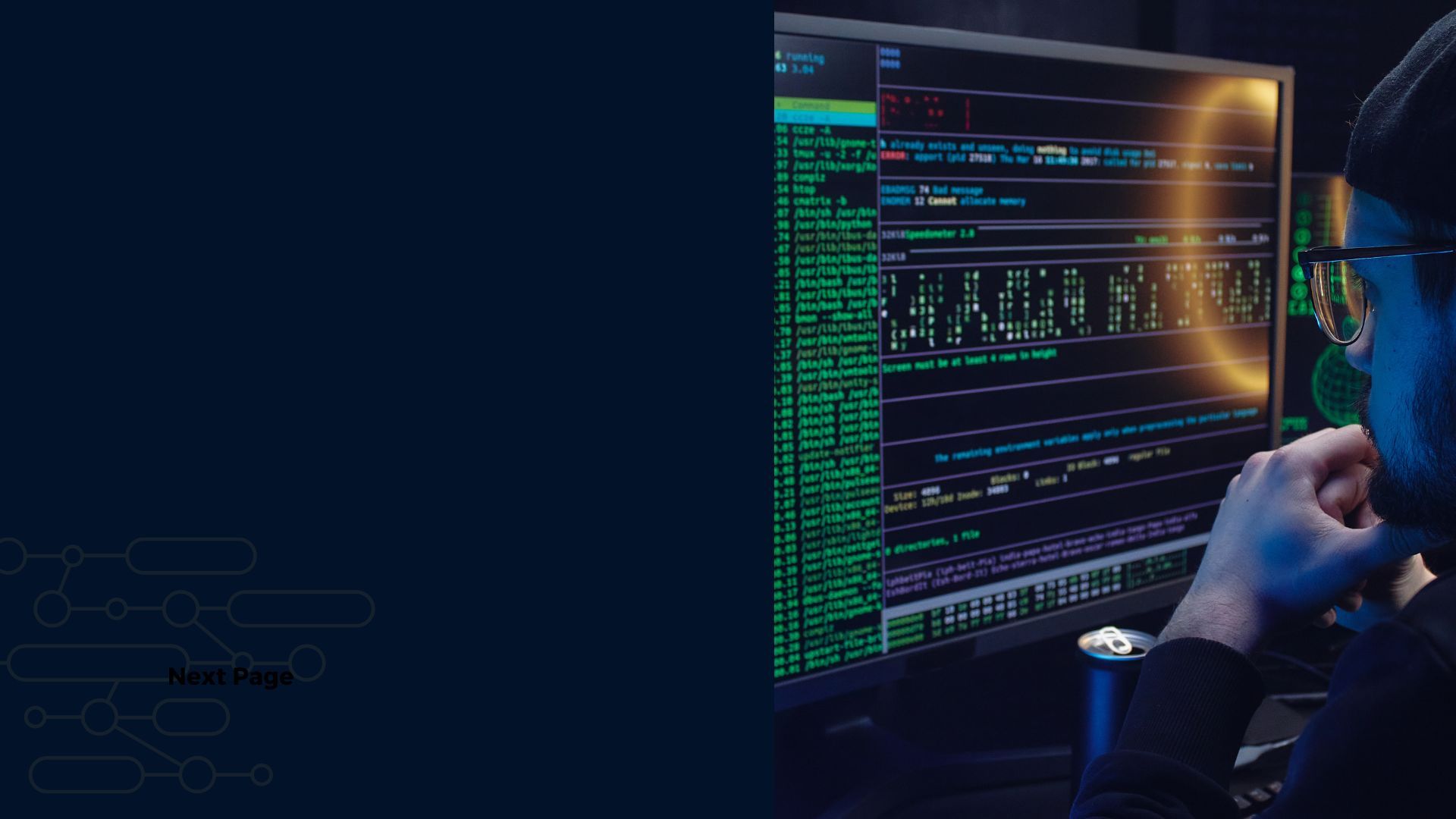An Enterprise Resource Planning (ERP) system is a robust software solution designed to manage and integrate the core functions of a business. It can handle a wide range of daily organizational activities, from accounting and finance to procurement, project management, supply chain operations, and production. Whether installed on-premises or hosted in the cloud, ERP systems offer comprehensive and integrated platforms tailored for both manufacturing and distribution businesses.
.jpg?access_token=278abecd-689d-4b2a-b733-fa1077c63254)
These systems encompass all facets of operational management, including financial management, human resources, supply chain management, and manufacturing, integrating them as part of the core accounting functions. By doing so, ERP systems provide a unified view of all business processes, which enhances efficiency and decision-making. They ensure transparency across the entire business by tracking all aspects of production, logistics, and financial flows.
ERP systems serve as the central hub of your business operations, coordinating complete workflows and data accessibility tailored to the needs of different departments. They support multiple functions within businesses and small to medium enterprises (SMEs), offering customizations based on specific industry requirements. This flexibility and breadth of functionality make ERP systems indispensable for modern businesses seeking to streamline operations and enhance strategic insights.
The Evolution of ERP Technology in Modern Businesses
For many years, traditional on-premise ERP solutions were the backbone of company operations, but the landscape is changing rapidly. These older systems often isolated data and demanded high maintenance fees and extensive customizations, which are less sustainable today.
In our business world, companies require software that can keep up with continuous shifts and innovations. Cloud ERP systems are stepping up to meet these needs. Unlike their predecessors, cloud ERP solutions are modular and highly flexible, easily integrating with broader applications. They harness the power of process automation, advanced data analytics, and cutting-edge technologies like AI and machine learning, making them indispensable in the digital economy.
Cloud-based ERP systems offer scalability, security, adaptability, and immediate access —attributes that are critically important in today's dynamic business environment. These systems are continually updated with the latest features and best practices, including quarterly enhancements that incorporate emerging technologies such as digital assistants, blockchain, augmented reality, and the Internet of Things (IoT).
This continuous evolution allows companies to automate processes that once required extensive manual effort, like financial reconciliations. Users also benefit from a comprehensive, real-time view of their business's financial and operational health. With these advanced tools at their disposal, businesses are not just keeping pace but are positioned to lead in the digital frontier.

The Evolution of ERP Systems
The journey of ERP systems spans over a century, tracing back to 1913 when engineer Ford Whitman Harris introduced the economic order quantity (EOQ) formula. Originally a paper-based method, the EOQ formula was designed to optimize production planning, and for many years, it was a cornerstone in manufacturing processes.
The landscape shifted dramatically in 1964 when Black & Decker took a groundbreaking step by integrating the EOQ formula with a mainframe computer, giving birth to the first Material Requirements Planning (MRP) solution. This innovation marked a significant evolution in production planning, blending traditional methods with emerging computer technology.
MRP remained at the forefront until 1983 when Manufacturing Resource Planning (MRP II) came onto the scene. MRP II expanded on its predecessor by introducing "modules" in software architecture and integrating essential manufacturing processes such as purchasing, bill of materials, scheduling, and contract management. For the first time, various production tasks were brought together under one system, demonstrating the profound benefits of using software to unify and streamline enterprise data.
As computer technology advanced through the 1970s and 1980s, the principles underlying MRP II were adapted to manage a broader range of business activities, including finance, customer relationship management, and human resources.
In 1990, the term "ERP," or Enterprise Resource Planning, was coined to describe this new breed of comprehensive business management systems, highlighting a major milestone in the evolution of enterprise solutions from simple paper cards to sophisticated mobile devices.
FAQ
What does ERP mean?
ERP stands for Enterprise Resource Planning. It is a comprehensive software system designed to manage all core business functions including HR, production, supply chain, finance, and accounting. By integrating these functions into one system, ERP software streamlines processes and information across the entire organization.
What are the primary types of ERP systems?
There are three primary types of ERP systems: on-premises, cloud-based, and hybrid. On-premises ERPs are installed locally on a company's own servers. Cloud-based ERPs are hosted on the vendor's servers and accessed via the internet. Hybrid ERPs combine elements of both, often with the main system on-premises at the central office and satellite systems in the cloud for branch locations.
Can you give an example of what an ERP system looks like?
An example of an ERP system is one tailored to a specific industry, designed to meet unique business needs. Such ERPs include tailored features for detailed material planning and management of unique manufacturing processes. These specialized systems reduce the need for additional customizations and external software integrations, making them highly efficient for targeted business operations.
What are the benefits of using an ERP system?
ERP systems offer several key benefits, including improved efficiency, better data management, and enhanced collaboration across departments. By centralizing data and automating many business processes, ERP systems help reduce manual errors and increase productivity. They also provide comprehensive insights into various aspects of a business, enabling better decision-making and strategic planning.
How does an ERP system improve decision-making?
An ERP system improves decision-making by consolidating data from different parts of a company into a single, accessible database. This unified approach ensures that the information is consistent and up-to-date, allowing managers and executives to make informed decisions based on real-time data. Moreover, many ERP systems include analytics and reporting tools that help identify trends, forecast outcomes, and optimize operations.
What should a company consider when choosing an ERP system?
When choosing an ERP system, a company should consider factors such as business size, industry-specific needs, budget, scalability, and the availability of customer support. It’s crucial to select an ERP that aligns with the company’s current processes and future growth. Additionally, companies should evaluate the system’s ease of integration with existing tools and whether it offers customization options to meet specific business requirements.


